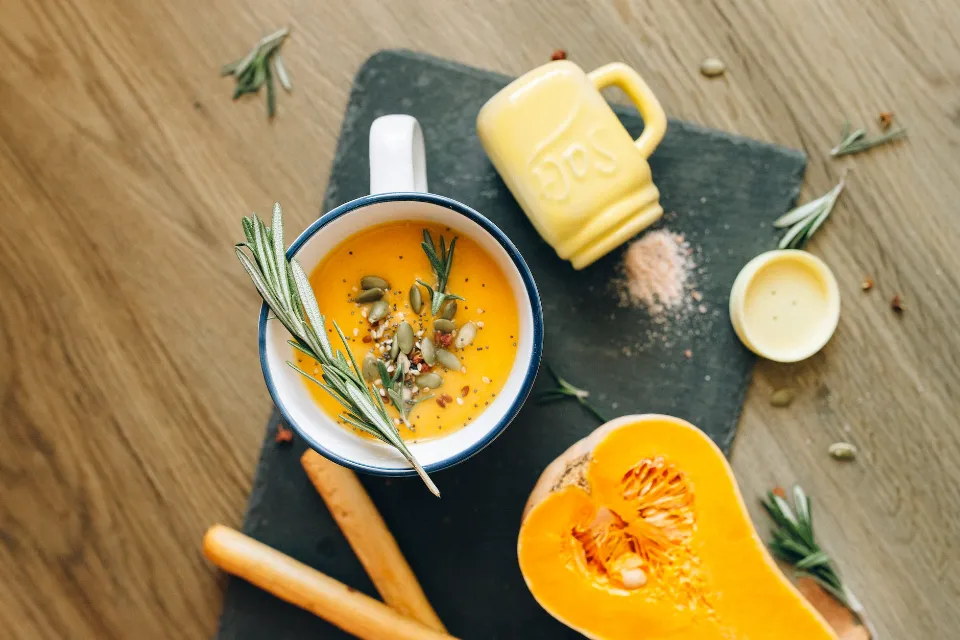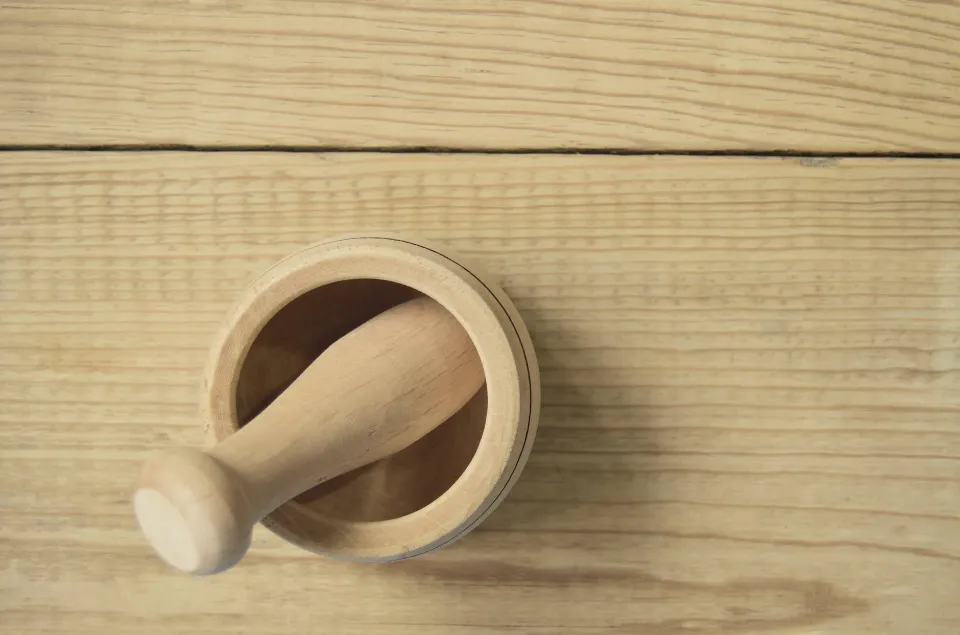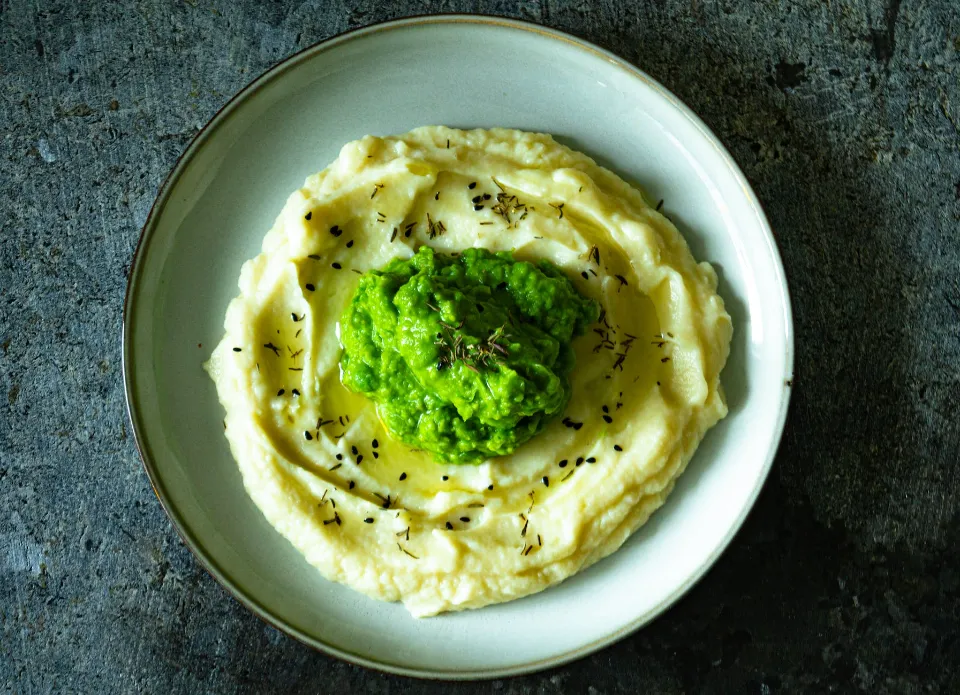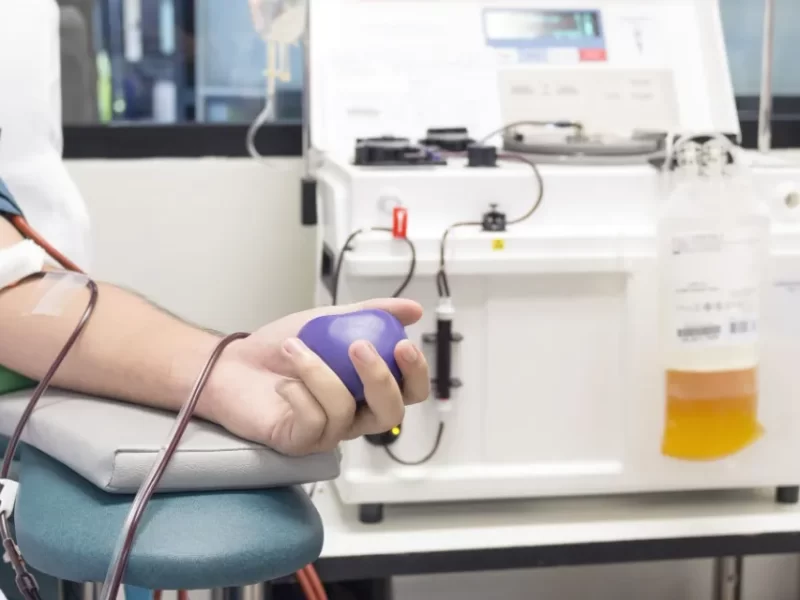As they age, a lot of seniors start to have trouble swallowing or chewing their food properly. The elderly may only eat soft foods, whether they still have a few of their natural teeth or none at all. How do you make nutritious foods for them?
You need a blender or cooking machine to puree food for elderly people, though you can also blend by hand. Blending can then begin after adding the liquid and desired ingredients. If the consistency of the pureed food is too thin, use a thickening agent to reduce the risk of choking.
This guide to food purees for seniors will tell you everything you need to know. The best foods will be suggested along with a more thorough explanation of how to puree food, including by hand.
Why Puree Food for the Elderly?
Dysphagia affects between 15% and 22% of Americans who are 50 or older. The condition affects one’s ability to swallow properly. Even a small bite of food, frequently causes someone to choke. For this reason, pureed food for the elderly may be a wise choice.
Dysphagia risk rises with advancing age. Illnesses that are more common in the elderly population can cause dysphagia. For instance, dysphagia is prevalent in people with Parkinson’s disease. Dysphagia prevalence soars from 40% to 60% for those living in nursing homes. the elderly in assisted living facilities often have inhibiting conditions. Many of them are highly related to dysphagia.
The elderly need to have their diets modified due to the prevalence of eating and swallowing issues. A diet of elderly-friendly pureed foods is frequently necessary for those with dysphagia.

What is pureed food? You make cooked foods into paste form by blending, grinding, or using another technique. The pureed texture makes it easier for elderly people with dysphagia to swallow their food without choking.
How to Puree Food for the Elderly?
To make mealtimes easier for them and ensure they’re getting the proper nutrition, you may need to puree their foods going forward.
Here’s how it’s done, per the introduction.
1# Arranging Meals
You can puree a surprising variety of everyday foods; we’ll talk more about this later. You should consider two factors when deciding which ones to soften.
First and foremost, the food must be nourishing and provide essential nutrients, especially when combined with the rest of the elderly person’s diet. Additionally, some elderly people may need to eat more high-calorie foods to prevent weight loss. Second, the puréed foods must taste good for the elderly to eat them even if they can. When selecting the foods you’ll puree, keep in mind the fundamental food groups.
2# Buy a Food Blender
The next step is to buy a food processor or blender if you don’t already have one.
Although these appliances can be purchased for relatively low prices, if money is an issue, we advise family caregivers to invest in a more expensive model with a stainless steel blade.
Because a better blender or food processor will puree food to a consistency that requires less work each time you use it, that is the reason. Your time is being saved, which is priceless.
3# Adding Food and Liquids
You can now begin blending. Choose the food items that will be used to make the meal. Likewise, pick a beverage to go with it.
Depending on the main dish you are pureeing, you might use yogurt for breakfast but skim milk or chicken broth for dinner.
A thickening agent, like arrowroot or flour, might be something else you want to use. If later use is required, you can always keep the thickening agent on hand.
4# Puree the Food
Start up the food processor or blender. It will start pulsing the ingredients.
Keep blending the food until it has the desired consistency. It should be a smooth texture that’s like pudding.
The food shouldn’t be sticky or broken up into smaller pieces. You should have blended out any chewy, crunchy, or dry textures.

5# Adjusting the Consistency of Food
Add a little liquid, like fruit juice, vegetable, or chicken broth. Although it may dilute the food’s flavor, water is also acceptable. After applying a few drops of the liquid, see if the consistency is better. If it’s still too thick, keep adding a tiny bit more liquid until you reach the desired consistency.
To be clear, a thin consistency is not runny. You do not want to offer runny pureed food to your elderly parent or loved one. This can be too difficult for them to swallow and could cause them to choke.
Use a tablespoon of a thickening agent and blend the pureed food in the food processor if you want it to be thicker. A tablespoon should suffice, but you can always thicken further if necessary.
6# Taste It Out
Both you and the elderly do not enjoy bland food. Food testers must make sure the food they will be serving is safe. Your elderly relatives will likely not enjoy it if you don’t like the texture and flavor.
Just as you would your own food, test a small spoonful of the pureed meal. To keep it flavorful, you may want to add a little spice or another ingredient. You can also check its texture to ensure it’s perfect for your elderly’s swallowing needs.
Tips for Easier Swallowing
If someone with dysphagia doesn’t take extra care when swallowing, even pureed food can be challenging to consume. A few ways you can make sure your elderly swallows safely are:
- Make her sit upright as she eats. For at least 30 minutes after a meal, she should also keep her chair upright. By doing this, she will be able to eat safely.
- At first, give her small bites. Give her plenty of space between bites so she can swallow.
- alternating bites of food with various flavors and textures. Giving her palate a variety of foods can aid in the goal of keeping the elderly alert while eating.
- A full glass of water should always be on hand for the elderly while eating. To help her move her food and keep her mouth moist, have her sip on her drink in between bites.
It’s also important to make sure that both you and the elderly remain distraction-free during a meal. Talk to her and keep her focused on you and her food.
Conclusion
Age-related declines in chewing and swallowing function are observed in the elderly. It is common to puree foods in a blender or food processor, but you can also blend by hand if you must. When choosing foods to puree for the elderly, remember to avoid nuts and seeds, crusty foods, raw vegetables and dried grains. With just a little extra work, you can continue to make nutritious and delicious pureed meals for your loved ones.
FAQs
Are There Any Foods That I Should Not Puree?
Avoiding foods like stringy vegetables, pulpy fruits, dry cereal, grains with seeds, and hard cheeses will help you make purée that is as smooth as possible. Don’t purchase or consume foods that have nuts, seeds, fruits, or other pieces added.
How Should I Cook Meats to Be Pureed?
Never use oil to cook meats. Instead, use moist cooking methods like boiling, steaming, braising, or poaching to prepare your meats.



